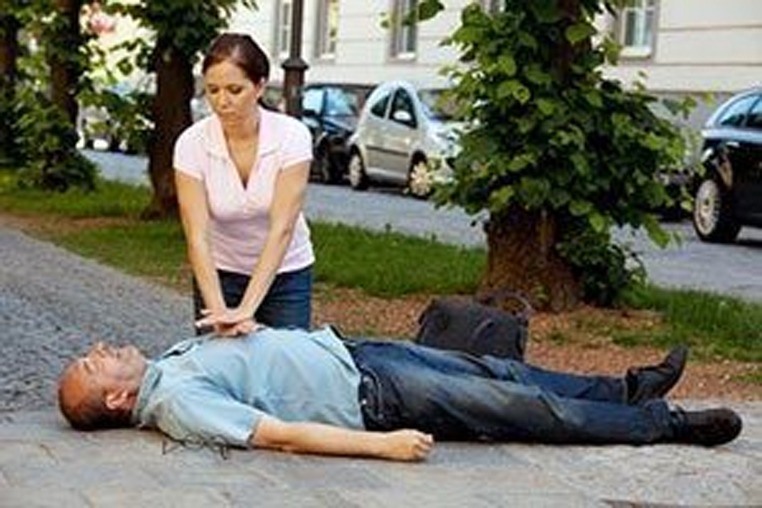ABC Radio Sydney
By Amanda Hoh
3 Jan 2019, 8:00am

PHOTO: It’s always best to swim at patrolled locations.(AAP: Simon Renilson)
The moment you see a person drowning is shocking and comes without warning, but without a plan, the impulse to go to their rescue can be deadly.
The Royal Life Saving Society of Australia (RLSSA) says there has already been 48 drowning deaths reported this summer compared to 31 at the same time a year ago.
In research conducted by the RLSSA, a quarter of the 90 cases it studied involved the death of a person trying to rescue someone else.
“We want to applaud the people who attempt to save a life,” said Professor John Pearn, the national medical director at RLSSA.
“But the only way to overcome the courageous impulse, often with these fatal results, is with prior training.
“Encouraging every parent, every person to learn first aid and basic rescue techniques — we know if we do that, we’ll reduce this tragic secondary phenomenon.”
How to perform CPR on a baby

Here are the steps to perform resuscitation on a baby under 12 months.
Plan ahead
Always swim in a patrolled location and between the red and yellow flags at the beach, Steven Pearce, chief executive of Surf Life Saving NSW, advised.
However if you choose not to, Mr Pearce advised to always plan ahead, bring a flotation device (surfboard, boogie board, pool noodle, etc) with you and check that you have mobile phone reception.
If you see someone struggling, alert a lifeguard if you are at a patrolled location and then call triple-0.

PHOTO: The attraction of secluded swimming spots can be dangerous. (ABC News: Stephanie Dalzell)
Always use a flotation device
Many bystander fatalities occurred when someone swam to a person in need, became exhausted, and then the panicked victim climbed all over them, Mr Pearce said.
He acknowledged that it was hard to advise parents against entering the water if a child was in trouble.
“It’s so difficult to tell a parent never save their child — that’s why you need to have a plan,” he said.
“You shouldn’t try and effect a rescue yourself unless you have an idea of your own swimming ability or have a flotation device.
“You’ve really got to think, ‘If I’m going to do this, I need something to keep the person and myself afloat whether that’s a surfboard, a boogie board, even an esky’.”
The RLSSA’s mantra is to shout, reach, wade, throw or row to somebody in the water, be that throwing a tied group of shirts or a hose or reaching out with a rake or lifeline of some sort.
How to perform CPR:
- Call triple-0 and yell for help, both with the CPR and to find the nearest defibrillator
- Start hands-only CPR — push hard and fast with the heel of your hand in the centre of the person’s chest
- Aim for around two chest presses a second (pressing to the beat of the Bee Gees hit Stayin’ Alive is a good guide)
- Don’t stop. Most people run out of steam after about two minutes, so keep yelling for help while doing compressions
- Attach defibrillator pads to the person’s chest. The machine will give voice instructions for you to follow
- Once you’ve shocked the heart to restart it, continue CPR until breathing resumes or paramedics arrive
Try and stay calm
If you have a flotation device and have swum to the victim, pass the device between the two of you and tell them to hold on to it.
If the victim is a toddler or young child, get them onto the flotation device as quickly as possible.
Try and alert others who can help such as a surfer or people on a nearby boat.
Once back on land, ensure triple-0 has been contacted and start first aid procedures.
If they are breathing, place the person in the recovery position.
If they are not breathing, commence CPR.
disasters-and-accidents, travel-health-and-safety, safety,health, sydney-2000

